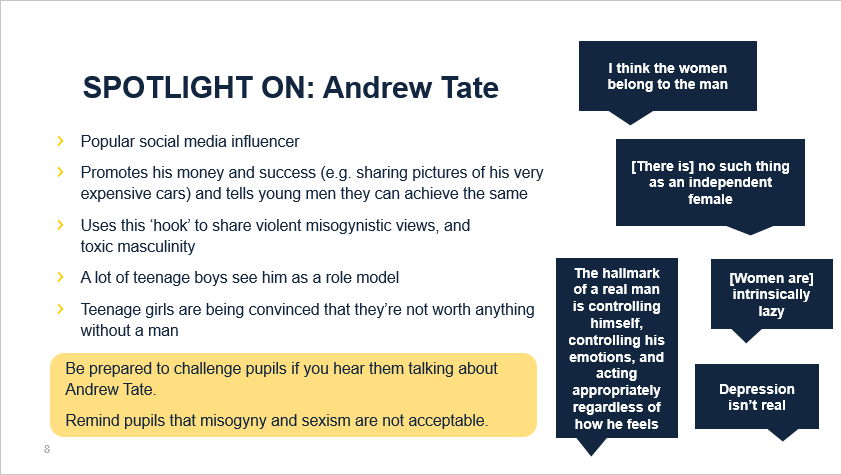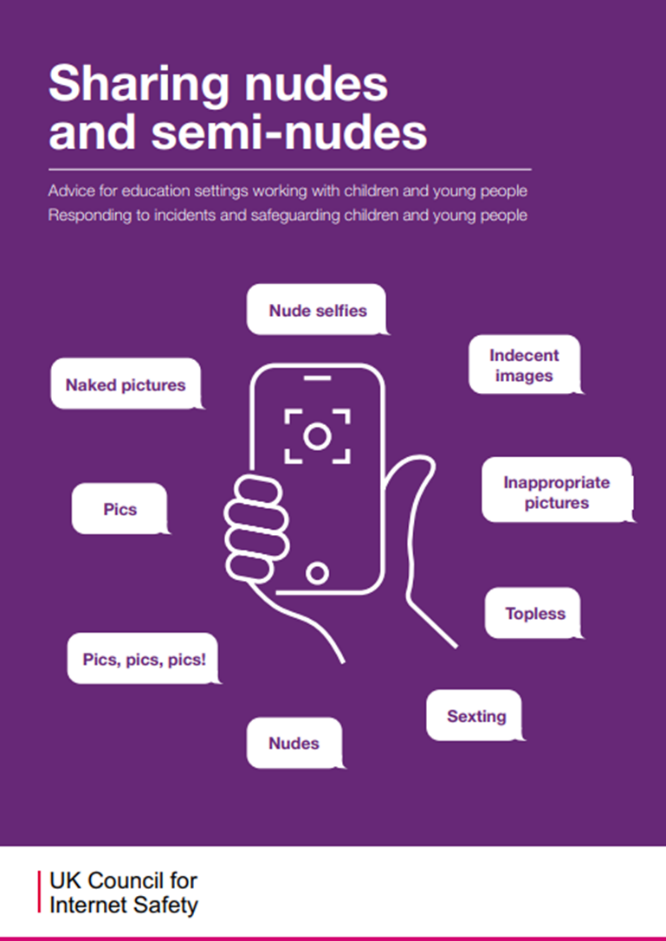Child on Child Abuse
What is Child-on-child abuse?
We take issues of child-on-child abuse seriously. Understanding what the experience is for our students and being able to take decisive action, develop curriculum responses and provide other support and guidance form part of our approach.
- Child-on-child abuse can take many forms, like:
- Bullying, including cyber-bullying and prejudice-based and discriminatory bullying – for example, bullying because of a child’s gender identity, or perceived sexuality
- Physical abuse, for example, hitting, kicking, shaking, biting, hair pulling
- Abuse in intimate personal relationships between peers. This is sometimes known as teenage relationship abuse
- Sexual violence: this could be rape, assault by penetration, sexual assault
- Sexual harassment, including sexual comments and jokes, and online sexual harassment
- Causing someone to engage in sexual activity without consent. This could include forcing someone to strip, touch themselves sexually, or to engage in sexual activity with a third party
- Sharing nude and semi-nude images or videos. This is sometimes known as sexting or youth-produced sexual imagery
- Upskirting. This is where someone takes a photo under another person’s clothes without their permission, for sexual gratification, or to cause the victim humiliation, distress or alarm
- Initiation or hazing-type violence and rituals. This includes activities involving harassment, abuse or humiliation, used as a way of initiating someone into a group
- Note that many of these behaviours can take place online – including non-consensual sharing of sexual imagery, abusive, harassing and misogynistic or misandrist messages, and sharing of abusive images or pornography to those who don’t want to receive this kind of content
It is important to build towards a conversation about the misogynistic influencer, rather than being reactive. While open conversation is the best way forward, parents could have discussions with their sons or students on related topics (such as consent) before they talk directly about Tate. Jumping straight into a conversation about Tate can be a reactive approach and could mean that the topic is covered too quickly and too soon. Parents need to build towards the conversation on Tate incrementally to ease teenagers into feeling able to express themselves.
Parents can find some useful information on our Olympus Online Hub on Andrew Tate





